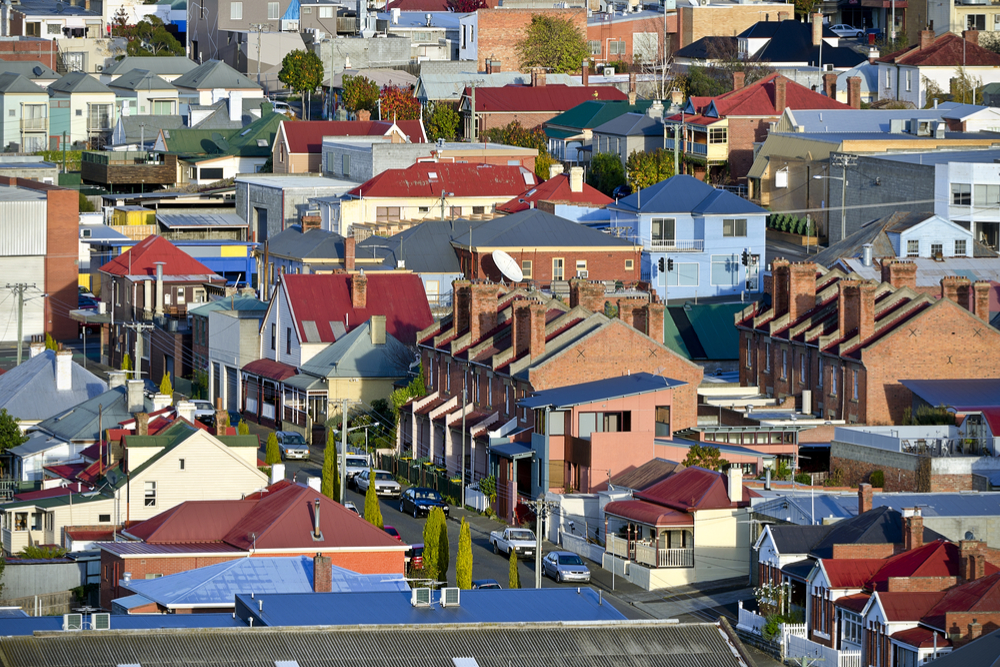
Data shows that asking rents are rising… Is that just crazy?
It seems there’s a bit of positive movement on rental prices across the country.
That’s the view according to new data from rent.com.au
Rents for Brisbane house dipped by 2.2% in February, while Darwin and Canberra rents were up 2% and 1.8% respectively, according to new data.
The strongest-performing capital city was Hobart, where apartment median rents increased by 4.2% to $365/week, Rent.com.au reported.
Nationally, there was a 2.2% rise in apartment rents in February, which was driven upward by movement in rentals in Sydney (3.8%), Melbourne (2.3%), Adelaide (1.6%), Hobart (4.2%), Darwin (2.9%) and Canberra (3.3%).
Sydney remains the most expensive metro area for Australian house hunters with median apartment rents up 3.8% to $540/week and houses stable at $600/week.
Rent.com.au CEO Greg Bader explained:
“Some healthy leasing activity coming over from the January/February rush has increased demand, so renters will have needed to act fast to secure their rental of choice.
This is good news – it shows landlords are taking heed of advice from their property managers and rental data to price their properties competitively from the start.”
This will be welcome news for landlords across the country, but what does it mean for where we are at in the cycle?
Has the cycle bottomed already? Are we on the up and up from here?
The thing to note here is that rents and prices are interconnected, but that they can also march to the beat of their own drum.
I mean, take Darwin for example. A 3% increase in rents would be very surprising since prices are down over 5% this year following many months of declines.
But the thing to remember is that while increasing rents can drive higher prices (through increasing returns) the causality does not run the other way. Falling prices will not drive a fall in rents.
To understand this, it’s useful to put it into a supply and demand framework. For house prices, the price level is determined by supply (number of houses, stock on market) and demand (purchasers, purchaser incomes, credit). For rental prices, the price is determined by supply (number of rentals on the market), and demand (renters, renter incomes).
So there’s some common factors (housing stock), but there’s some important differences as well.
And when you look at the current downturn, it has almost been entirely driven by restrictions on credit.
Credit restrictions have almost no impact on the rental market. Renters aren’t going to the bank to finance their rent.
And that’s why, in a tight market, it’s entirely possible for prices to be consolidating, and for rents to be going up.
Of course, upward pressure in rents will eventually put upward pressure on prices, so that factor is at play as well. It’s just being swamped by the impact of the credit restrictions.
But to me it’s just one more sign on the robust health of the market underneath the impact of the current credit restrictions. And to me, it points to the quick rebound that may be possible once the restrictions have worked their way through the system.